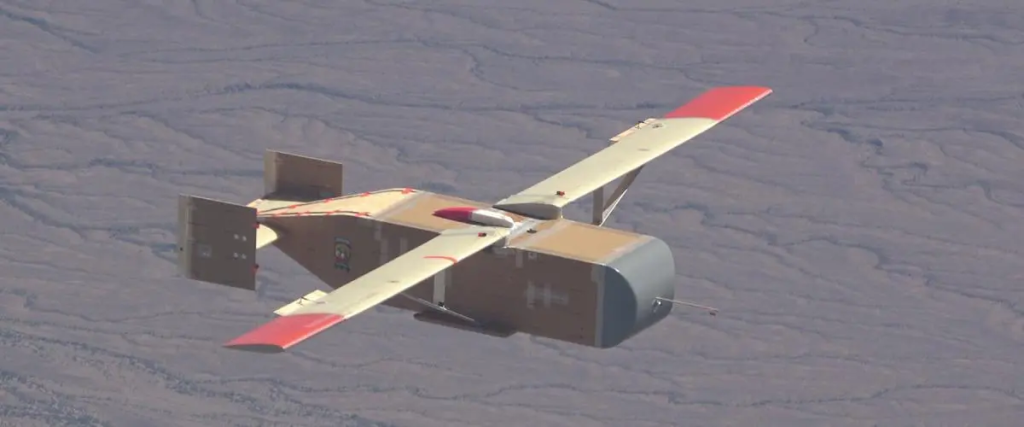Advancements in A2 Air Defense have witnessed remarkable advancements, reshaping the paradigms of aerial security and threat mitigation. As defense and aerospace specialists, we delve into the intricate intricacies of A2 air defense, unraveling its significance, evolution, and the cutting-edge technologies driving its efficacy.

Understanding A2 Air Defense
A2 air defense, often referred to as Anti-Access/Area Denial, encompasses a spectrum of strategies, technologies, and tactics aimed at deterring, neutralizing, or mitigating threats posed by adversarial aerial platforms within a designated area. It entails a multifaceted approach that integrates surveillance, detection, identification, and engagement capabilities to safeguard critical assets, territories, and populations from airborne threats.
Evolutionary Trajectory of A2 Air Defense
The evolution of A2 air defense is deeply rooted in the perpetual arms race between offensive capabilities and defensive countermeasures. Historically, A2 defense mechanisms primarily focused on conventional air defense systems, such as surface-to-air missiles (SAMs), radar networks, and interceptor aircraft. However, with the advent of advanced aerial platforms, including stealth aircraft, hypersonic missiles, and unmanned aerial vehicles (UAVs), traditional defense paradigms faced unprecedented challenges.
In response, defense stakeholders and industry leaders embarked on a relentless pursuit of innovation, culminating in the emergence of next-generation A2 air defense systems. These systems embody a synergy of advanced technologies, operational concepts, and doctrinal adaptations, enabling robust protection against evolving threats in contested environments.
Key Components of A2 Air Defense Systems
1. Integrated Sensor Networks
At the heart of A2 air defense systems lie integrated sensor networks, comprising a diverse array of radars, electro-optical/infrared (EO/IR) sensors, and signal intelligence (SIGINT) platforms. These sensors provide comprehensive situational awareness, enabling early detection, tracking, and classification of airborne threats across all domains.
2. Command and Control (C2) Architecture
Efficient command and control architecture forms the backbone of A2 air defense operations, facilitating seamless coordination and decision-making processes. Advanced C2 systems leverage artificial intelligence (AI), machine learning (ML), and big data analytics to optimize response times, enhance threat prioritization, and adapt to dynamic threat environments in real-time.
3. Multi-Layered Engagement Capabilities
Modern A2 air defense systems boast multi-layered engagement capabilities, encompassing a diverse mix of kinetic and non-kinetic effectors. From long-range interceptor missiles to directed energy weapons and cyber-electronic warfare systems, these capabilities offer a holistic defense posture, capable of neutralizing a wide spectrum of aerial threats with precision and efficiency.
4. Networked Architectures and Interoperability
Interoperability and network-centric operations are paramount in the realm of A2 air defense, fostering seamless integration between disparate platforms and sensors. Leveraging robust networking protocols and secure communication architectures, A2 defense systems ensure inter-service, inter-agency, and international coalition interoperability, enhancing collective defense capabilities and strategic flexibility.
Technological Innovations Driving A2 Air Defense
The rapid pace of technological innovation continues to revolutionize the landscape of A2 air defense, ushering in a new era of capabilities and operational concepts. Key technological advancements driving this evolution include:
1. Directed Energy Weapons (DEWs)
DEWs represent a paradigm shift in A2 air defense, offering unparalleled speed-of-light engagement, precision, and scalability. From high-energy lasers to microwave and radio-frequency weapons, DEWs hold immense potential in countering UAV swarms, cruise missiles, and other asymmetric threats with minimal collateral damage.
2. Hypersonic Missile Defense
The proliferation of hypersonic weapons poses significant challenges to traditional A2 air defense architectures. In response, defense innovators are actively developing next-generation hypersonic missile defense systems, leveraging advanced interceptor technologies, sensor fusion, and trajectory prediction algorithms to track, intercept, and neutralize hypersonic threats with unprecedented speed and accuracy.
3. Artificial Intelligence and Machine Learning
AI and ML technologies are revolutionizing A2 air defense operations, enhancing autonomous decision-making, predictive analysis, and threat assessment capabilities. By harnessing vast volumes of sensor data and historical patterns, AI-powered A2 defense systems can anticipate emerging threats, optimize resource allocation, and adapt to evolving threat landscapes with agility and precision.
4. Swarm Defense Solutions
The proliferation of UAV swarms and autonomous aerial vehicles (AAVs) presents complex challenges for traditional A2 air defense systems. In response, defense researchers are exploring innovative swarm defense solutions, including distributed sensor networks, cooperative engagement algorithms, and autonomous counter-drone platforms, to mitigate the proliferation of unmanned threats in contested environments effectively.
Future Trajectories and Strategic Implications
Looking ahead, the trajectory of A2 air defense is poised for continued innovation, adaptation, and proliferation across global defense ecosystems. As adversaries continue to leverage asymmetric tactics and disruptive technologies, the imperative for robust A2 air defense capabilities remains paramount.
Strategic implications of advancements in A2 air defense extend beyond conventional military domains, encompassing broader geopolitical dynamics, regional security architectures, and technological proliferation trends. From enhancing deterrence posture to safeguarding critical infrastructure and preserving strategic stability, the evolution of A2 air defense systems will undoubtedly shape the future contours of modern warfare and security paradigms.
In conclusion, the evolution of A2 air defense reflects the relentless pursuit of technological superiority, operational excellence, and strategic foresight in an era defined by uncertainty and complexity. By embracing innovation, collaboration, and forward-thinking approaches, defense stakeholders can effectively navigate the evolving threat landscape and safeguard the interests of nations, alliances, and global security stakeholders in the 21st century and beyond.








